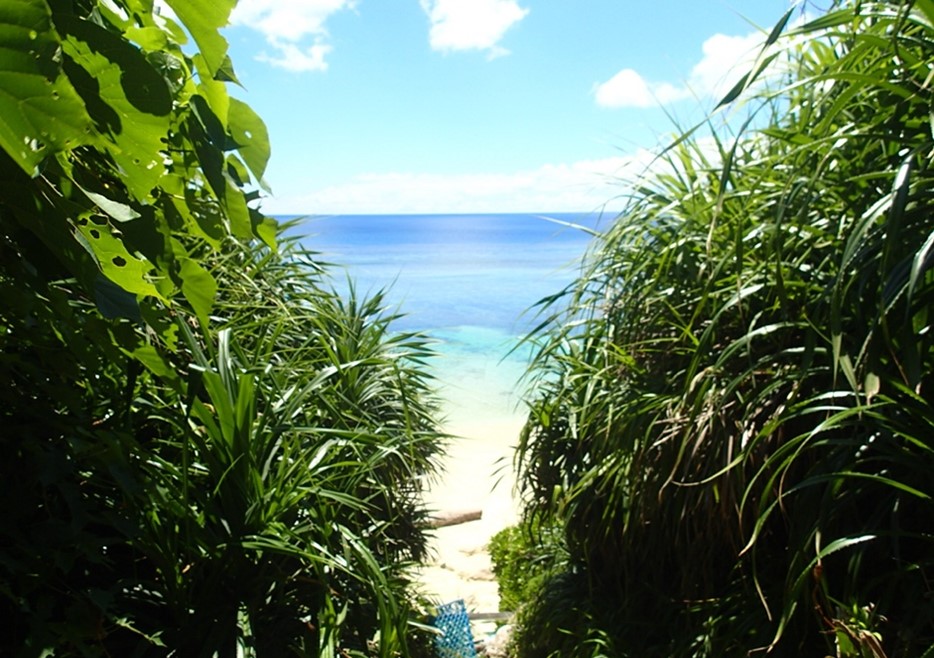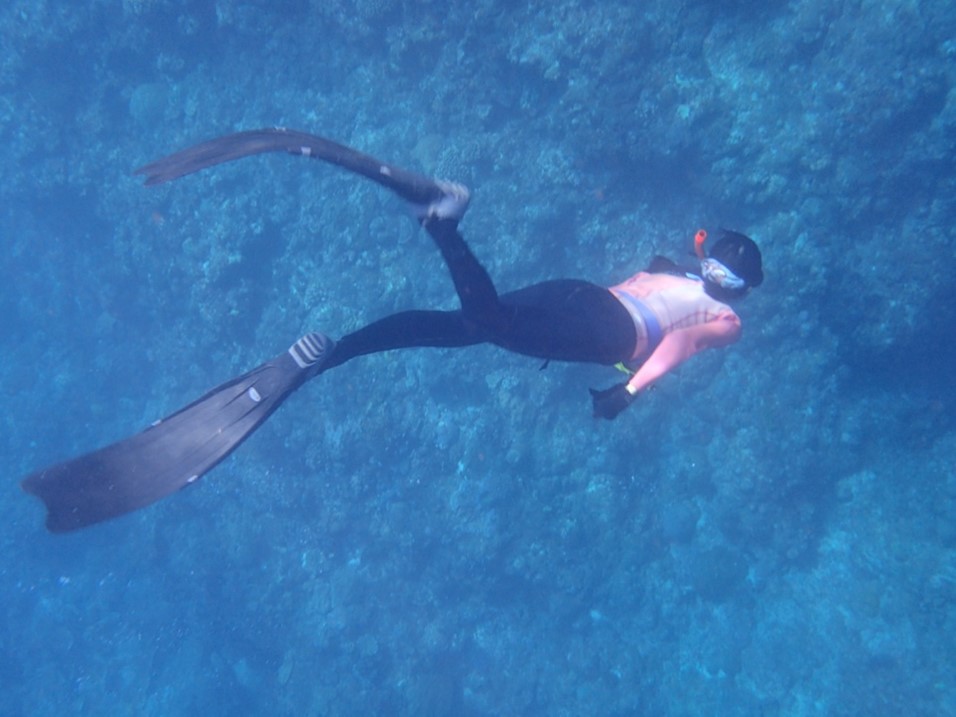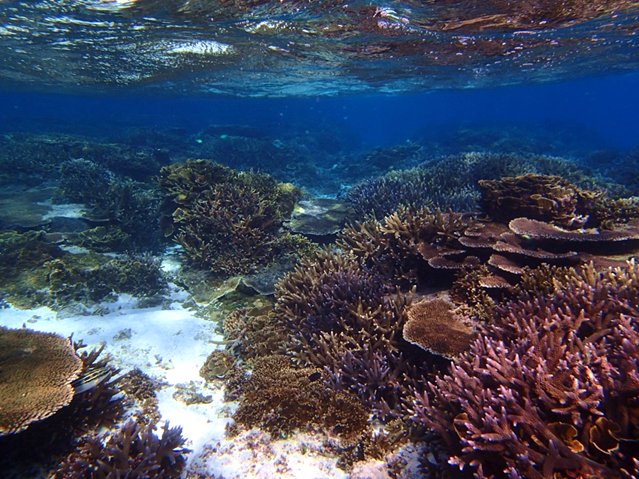by Sarah Bijlsma
Demographic issues like aging and depopulation in rural Japan are intertwined with the geographical features of remote areas. In most cases, the less accessible a region is, the more pressing the situation becomes. This is particularly striking in remote island regions (ritō). Small island populations are highly dependent on the educational, economic, and healthcare facilities of other areas, but their mobility is limited due to high costs and long travel times. Therefore, revitalization policies treat remote islands as a separate category. The framework of “remote islands” was first introduced in 1953 in the context of the Remote Islands Development Act (Ritō shinkō-hō), hitherto the most important set of legislative measures aiming to support remote island regions in overcoming their disadvantages and barriers to development. The Act is revised every ten years, with recent revisions emphasizing the urgency for the development of human resources in addition to advancing tourist services and public works [1].
One of these remote islands is Miyakojima, located in between Okinawa Main Island and Taiwan. Over the past few years, the local government has approved a number of large-scale construction projects, like the Irabu Bridge (2015), Shimojishima Airport (2019), a munitions storage facility for the Japanese Self Defense Forces (2020), and a new government building that will be finalized later this year. These public works projects are an addition to the continuous construction of beach resorts on the island [2].

copyright © Masato Tokura 2015
The reality of this situation is explained to me by Masato Tokura [4], a man in his late fifties who moved from Yokohama to a small village on Miyakojima. Masato worked his whole life for a major pharmaceutical company, decided to invest in the Chinese stock market at age 35, and retired early when he was 47 years old. He tells me he and his wife traveled the world to do free diving, which is what they love to do the most. Yet, as they did not find a sea more beautiful than the one surrounding Miyakojima, they decided to emigrate in 2013.
But Miyako changed tremendously in the years that followed. Where in 2013, annual visitor numbers were ca. 400,000, they topped one million in 2018 [3]. Also, while the island turned into a construction site, there were not enough local workers to carry out all of the work. Therefore, the Japanese construction companies that are largely in charge of the projects flew in their own employees. At first, the workers were hosted in vacant apartments, but soon all properties became occupied. Masato tells me that while it is illegal to raise rent with more than a certain percentage of the previous price, that is exactly what property owners did as construction companies pay for the housing of their employees in any case.

copyright © Masato Tokura 2015
With the sharp increase of Japanese tourists, workers, and other migrants, local media introduced the term “Miyako Bubble” to capture the negative consequences of this trend. In 2019, the price of a rental unit on Miyako was about the same as in Tokyo, while local wages were less than half of the national average. As a result, many local residents were forced to leave their houses throughout the previous years. Masato tells me that especially young single men found themselves in great financial difficulties. Many of them left to one of Japanese metropoles, where rent is the same as on Miyako but at least salaries are higher.
Hence, the social fabric of Miyako-jima is not the same anymore as when Masato arrived. But to him, an even more pressing issue is the way how the environment of Miyako has been changing. He tells me that tourist resorts have the habit of discharging used water into the ocean that is full of chemicals and other toxins. Further, many tourists touch the corals or step on them when entering the sea. Masato gets obviously upset when he talks about how he witnessed the sea dying within a period of only five years. “I know many eco tourist initiatives in other countries, and the most important thing is always to keep the environment as it is. But in Japan, people only want to make money, even though everything will be destroyed in the end. Even if then, nobody will come to Miyako. It makes me so angry, I just do not want to see that anymore.”

copyright © Masato Tokura 2015
Masato has been taking that last point literally; a year ago, he decided to buy a new apartment in Yokohama and moved back to his previous hometown. Now, he spends half of his time in the city, and half of the time on Miyako, in what he now calls his “holiday house.”
My conversation with Masato made me think of whether there is something like too much rural revitalization. In the case of Miyakojima, revitalization attempts did not just attract tourists and urbanite migrants, as in other areas in Japan. They also forced local residents out of the island. This illustrates, I believe, that rural revitalization is not just a matter of attracting human and financial capital, but also of fostering social and ecological equity. As such, it makes me wonder whose future it actually is that is being promoted through Miyakojima’s development strategies.
References
[1]
Ministry of Land, Infrastructure, Transport, and Tourism. 2016. Ritō shinkō-hō/ritō shinkō-hō sekō-rei [Remote islands development act/order for enforcement of the remote islands development act]. Retrieved from https://www.mlit.go.jp/kokudoseisaku/chirit/kokudoseisaku_chirit_fr_000003.html
[2]
Japan Times. “Worker influx ignites Miyakojima rent bubble.” 22 April 2019, pp. 3.
[3]
Miyakojima City. 2020. “Miyakojima-shi no nyūiki kankōkyakusū suikeichi” [Estimation of Miyako Island’s incoming tourist numbers]. Via https://www.city.miyakojima.lg.jp/gyosei/toukei/files/R31201.pdf
[4] Masato Tokura is a pseudonym.
